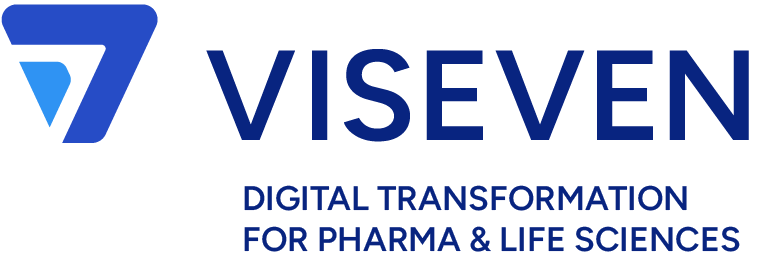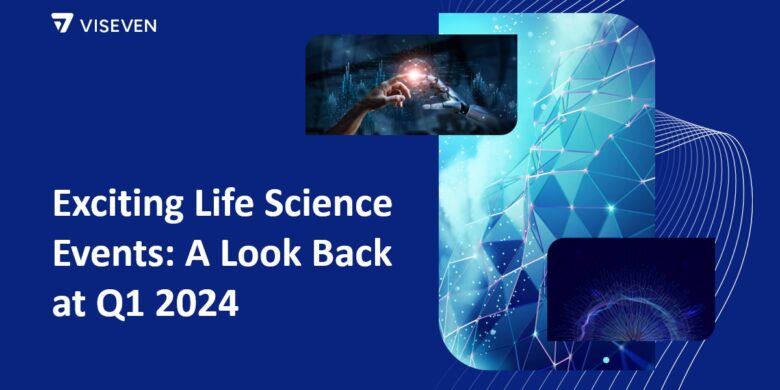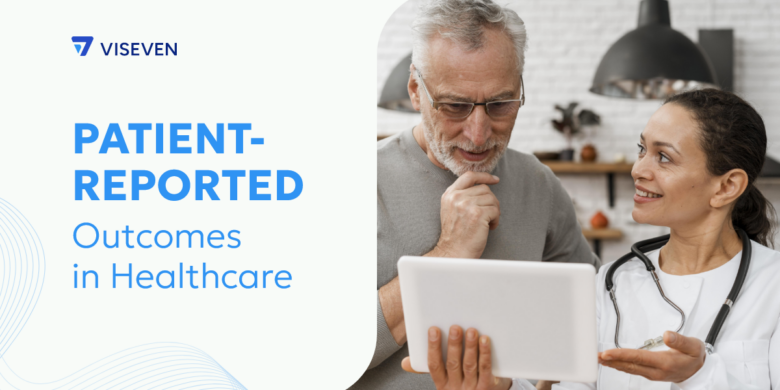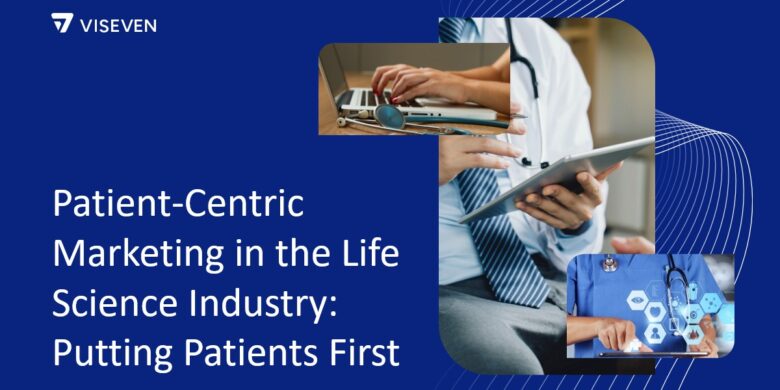Digital Pharma Advances 2019 in London – key points & discoveries
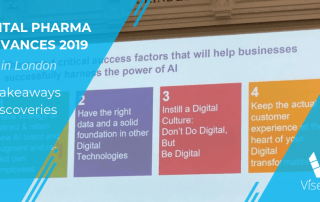
LONDON, January 31, 2019 – As the opening notes by Bharat Tewarie, Executive Vice President and Chief Marketing Officer at UCB, drew the curtain and unwrapped a whole set of all-too-familiar terms…
…among others, blockchain, AI, digital therapeutics, Brexit, multichannel and disruption…
… it became clear once again why the Digital Pharma Advances conference name starts with that word. Those who have followed along over the past several years know that this event is most fruitful for those seeking to innovate the tech part of pharma.
However, life sciences have their own, inherent, age-old – and still largely unresolved – issues like patient centricity, branding, compliance, adherence, to name a few. One could think of these new realities (introduced in the opening, as well as in the spectacular buzzword cloud) as of something that will help solve pharmas’ traditional questions – or as of dangerous intruders that the industry will have to adapt to in order to survive.
The truth is, they are both. Who can be truly ready for the advent of AI as long as digital transformation is only some 15% complete? Who can be serious about multichannel while materials are being produced in silos by local agencies? Pharma has to face some of its greatest challenges before being able to unzip the whole pack of novelties and benefit from them.
However, who said you can’t use some of these innovations already to transform your organization, making it more efficient and ready to take the digital dive?
The event’s presentations, panel talks and other activities essentially revolved around 4 grand topics:
Digital permeated the discussions on all four. Here is a brief overview of the most memorable moments, along with the possible takeaways.
Patient centricity & adherence: the reality
Patient apps. Patient centricity. Patient engagement. Apps again, and why they sometimes fail to yield the results – all of that has been researched and discussed. However, a stunning presentation by Søren Smed Østergaard, Vice President & Head of Digital Health at Novo Nordisk, redefined everything in an explosion of truth.
In general we need to design solutions that allow the patients to disengage from their disease, not engage further.
No one wants their disease, and simply pushing more information or constantly engaging the patient (i.e. reminding the patient) is an impasse when it comes to truly maintain adherence or achieving patient centricity. A smarter approach is gradually coming on the stage, one based on careful UX considerations, allowing the patients to be what they are, without focusing too much on their conditions.
People are people first. And then – #patients. And @novonordisk supports them in managing the disease with #Digitalhealth @pharmaconf #pharmaconf pic.twitter.com/K8Peqe6ZI7
— Oksana Matviienko (@MatviienkoO) January 30, 2019
The topic was further developed from a different angle in a patient engagement case study by Zara Patel, Digital Patient Engagement Manager at LEO Pharma, as well as in a panel with executives from Roche, Novo Nordisk and Merck.
HCP engagement, the smarter way
Another important focus topic was, of course, engaging the HCPs. Since the onset of the “reps-plus-multichannel” struggle, the main point has been content personalization and informational value. As practitioners are demanding more RWE and clinical research, but rep admissions are shrinking, the multichannel content game is becoming increasingly sophisticated.
Mate Balazs of Novartis delivered a presentation focused on these issues, citing a “magical secret to succeed” in the title. In reality, the secret is a fortunate combination of channels and content types – from VR to webinars, all thoroughly personalized and oriented towards long-term relationships.
Obviously, “mapping digital literacy” is one of the key factors of success – and organizations should find their own means towards that end.
Another round of discussion on HCP engagement strategies was the panel talk on the first day, where, notably, Anand Das of Pfizer mentioned co-creation as a means of tailoring the materials to audience needs.
A presentation delivered by Viseven Group’s CMO Oksana Matviienko (discussed here below) showed the practical way to craft the content needed for that purpose.
Arranging funnels and defining KPIs: case study
The rise of “smart” CRM dashboards turned out to be the beginning of a new era in KPI use – one where metrics are analyzed much more consciously. An interesting measurement case study was presented by Simeon Simov, Digital Insights Manager at GSK.
Based on the various stages of the awareness-to-advocacy funnel, he showed what KPIs were specifically identified as the most actionable ones (you could think of them as “anti-vanity metrics”):
- Content visibility (awareness stage)
- Interactions
- CTA efficiency
- % of the audience becoming brand ambassadors (advocacy stage)
Digital transformation and culture: it’s all about the mindset
Although initially given by Bharat Tewarie in the context of harnessing AI capacities, this has much broader implications. As the event progressed, it became clear that most of the initiatives and best practices described requiring a shift in digital culture and organization to be implemented to their full extent.
A very indicative (and profound) presentation given by Samuel Driessen, Senior Director External Digital Channels at Teva, demonstrated successful steps towards digital transformation from both the organization/culture and value/trust perspective. He highlighted a “hybrid” approach to content production throughout the global-to-local ladder:
The new multichannel
Further down on the practical, immediately actionable level is the contribution that led Viseven team to the event. Having worked in the multichannel life sciences milieu over these transformative years, Viseven is now heralding “Multichannel 2.0” – the new, demonstrably more efficient approach to content production.
The presentation by Oksana Matviienko showed the distinctive idea behind it: having content created once, and without link to a particular channel (eDetailing, email, etc.) – and then using automation to publish it to any system or platform (DAM, CMS, CRM) in use across the entire organization. Further, the content itself can now exist in the form of fragments (“building blocks”) that undergo MLR and approval and can then be combined to form the end product – flexible at multiple levels, and bringing the ultimately personalized value to the stakeholder.
Want to learn more about the workflow already adopted by several industry leaders? You can download the free ebook which reveals the principal points, and turn the new page in your multichannel excellence.
